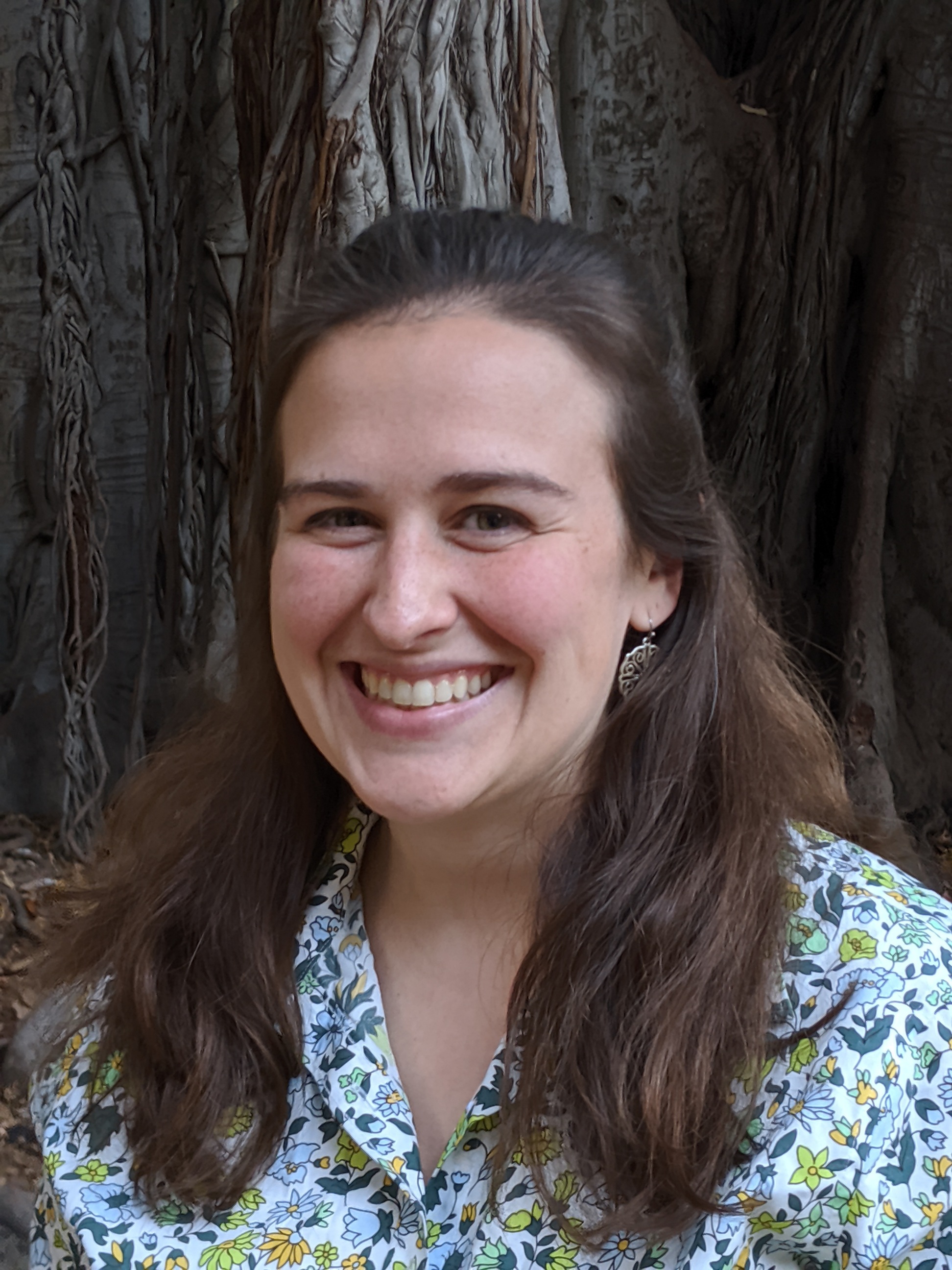The Amish and the Anthropocene
Nicole Welk-Joerger, a doctoral candidate in the Department of History and Sociology of Science, discusses what a technology adopted by the Amish can tell us about climate change and the future.
Religion and science are often pitted against one another. “I wanted to start a conversation that was different,” says Nicole Welk-Joerger about her article “Restoring Eden in the Anthropocene,” published in the journal Environmental Humanities. Welk-Joerger, a doctoral candidate in the Department of History and Sociology of Science, used research she’d done earlier in her academic career to lay out an approach to religion and science in regard to climate change.
The term Anthropocene refers to the idea that human activity has greatly affected the physical world. It is most frequently used today to refer to climate change, but to the Amish, she points out, Noah’s flood was an Anthropocene event, caused by humanity’s sin. While studying how farmers feed their livestock, Welk-Joerger discovered that some Amish farmers were buying a device called the Talya Water System, which claimed to return water to the state it was in before the flood. The device’s inventor advertised that the treated water would have healing qualities and would benefit the land and animals.
Though the technology was not provable, she says, “I thought it was important to take this idea seriously: the notion that Noah’s flood, in Christian understandings of the world, did affect the environment, and the Amish were adopting a technology that made sense within the Ordnung [the set of rules that guide the Amish].”
To her, farmers’ purchase of the water technology showed a willingness to take responsibility to repair the change, and to use technology to do so. “Taking another person’s point of view of livelihood and understanding of the world seriously can help open up these stories about the climate crisis.”
Welk-Joerger also cites evidence that bombarding communities with scientific information does not change attitudes toward climate change. “Scholars invest considerable effort in creating and manipulating a concept that helps us think about our responsibility to the Earth in the wake of change, disaster, and extinction,” she writes in the article. “However, these concepts do not necessarily translate well on the ground, particularly as other worldviews slip away or resist these intellectualisms.”
Borrowing the “braided knowledges” framework of Projit Mukharji, Associate Professor of History and Sociology of Science, she proposes that the braiding of sacred and secular knowledge can lead to commensuration, which she defines as a meeting ground—the ability to talk to one another while perhaps agreeing to disagree. Some scholars say it’s not possible between science and religion, but Welk-Joerger disagrees. “From my fieldwork, there’s something inherent in all of us where we have similar values and value sets, and we want something better for the environment, something better for the future.”
Because every person will have a different idea of how we got here, she stresses looking forward—emphasizing action rather than placing blame. There will need to be many different approaches, and people who are flexible.
Welk-Joerger teaches a science and religion class at Franklin and Marshall College in Lancaster, Pennsylvania, where she discusses how science and religion have had specific values attached to them that have been used politically at different times throughout America’s history. People make assumptions, she says, about Republican, conservative, religious versus progressive, liberal, scientific. “And it’s not that clear-cut. It’s a narrative someone’s trying to sell you right now,” she says.
An ethnographer and historian, Welk-Joerger wants to make her research accessible to a broad audience. “I think it’s really helpful to tell stories, using them to make sense of how we got to our moment,” she says. Her fellowship in the Penn Program for the Environmental Humanities in 2017-18 made her think more about storytelling, and about the need for a network of scholars to address the climate crisis. “Some are going to be able to do practical work, like figuring out the best methods to mitigate pollutants or prepare for disasters, but it’s also important to have connectors and mediators to tell stories to connect these action points.”



